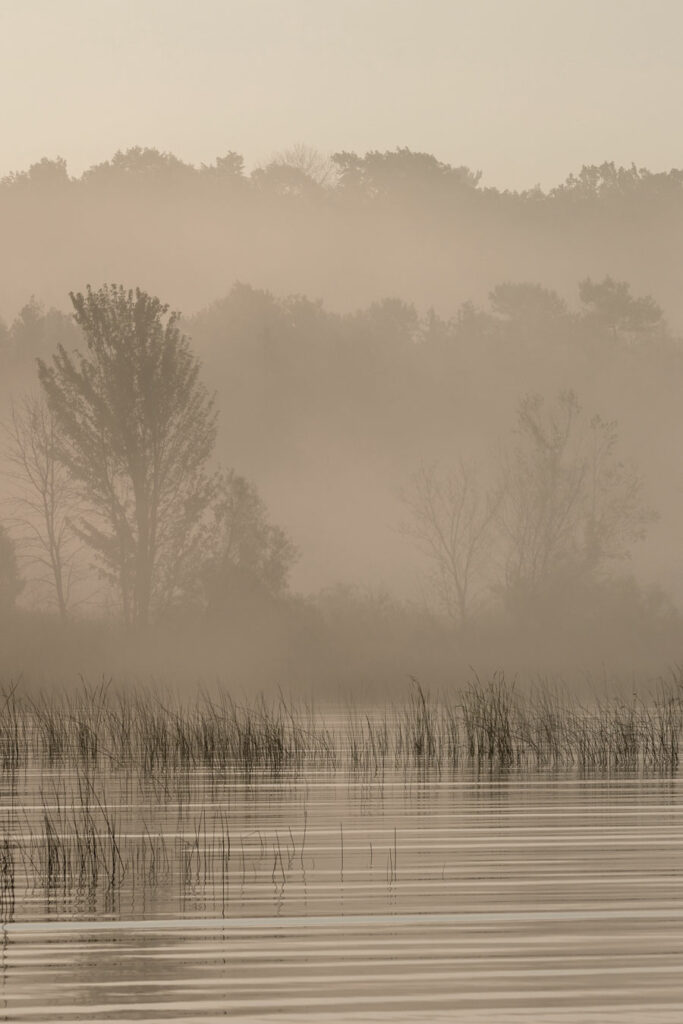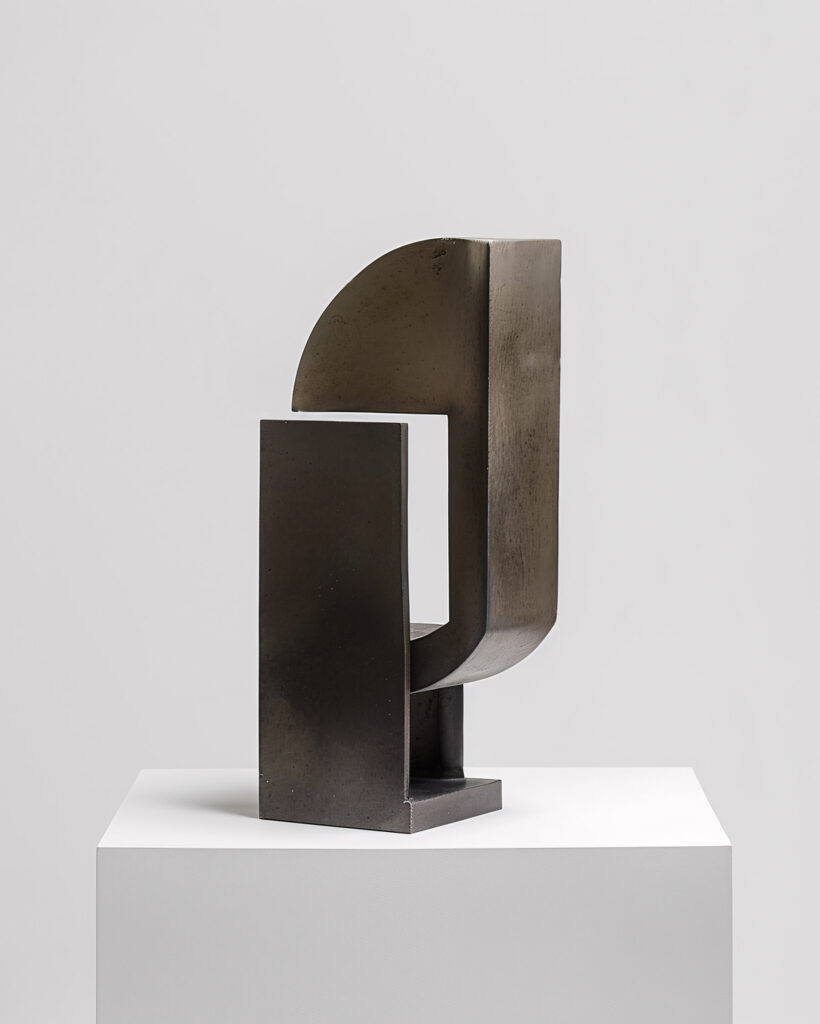The perception of aesthetics is a fascinating field and one that I’m particularly interested in. The Max Planck Institute for Empirical Aesthetics conducts a wide variety of experiments and studies that shed light on precisely this field. Their work has helped to reveal some of the underlying mechanisms that govern our aesthetic responses.
In the following study, researchers have found that people tend to agree on what is aesthetically pleasing in faces and natural landscapes, but not in human-made artifacts like art or architecture. This may be because these things are less relevant to everyday life and so people have different ideas about what is pleasing in them.
Beautiful nature – controversial art
The study from the Max Planck Institute for Empirical Aesthetics and NYU, led by Edward A. Vessel, shows that different people have different opinions about what is aesthetically pleasing, especially for human-made artifacts like art and architecture. The study, which was published in the journal Cognition, asked participants to rate the aesthetic appeal of images in four different categories: faces, natural landscapes, architecture, and artworks.

Photography by Dave Hoefler via Unsplash.

They found that people tended to agree on the appeal of faces and natural landscapes, but had very different opinions on architecture and art:
“While it is not clear what exactly drives the difference between naturally occurring aesthetic domains and cultural artifacts, the authors argue that it may have something to do with the relevance of these different domains for everyday behavior. Dr. Vessel suggests that perhaps “aesthetic judgments of faces and landscapes are more likely to have actual consequences for daily decisions” than are judgments of artwork or architecture, which leads different people to value similar sets of features. ” (Extract from the Article of the MPIEA)
Summary
I find this study incredibly interesting in terms of our aesthetic perception. It is well known that cultural, personal experiences, media, etc. influence our perception – most of these influences come from outside – but this study shows that even evolutionary, deeply rooted mechanisms shape our perception of aesthetics. What a fascinating glimpse into the way our mind processes aesthetic information!
Further reading
Original Publication
Vessel, E. A., Maurer, N., Denker, A. H., & Starr, G. G. (2018). Stronger shared taste for natural aesthetic domains than for artifacts of human culture. Cognition, 179, 121-131. doi: 10.1016/j.cognition.2018.06.009


